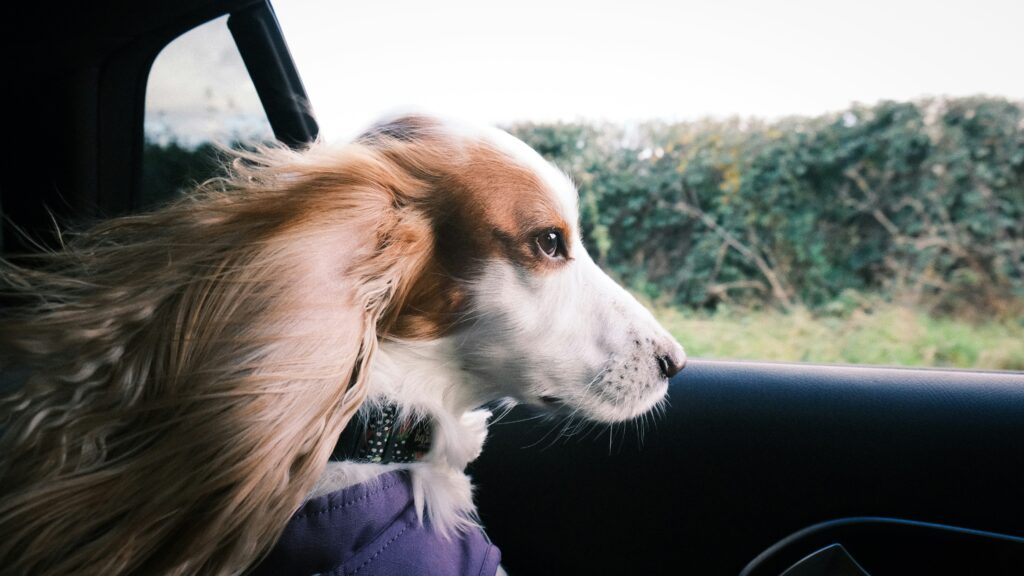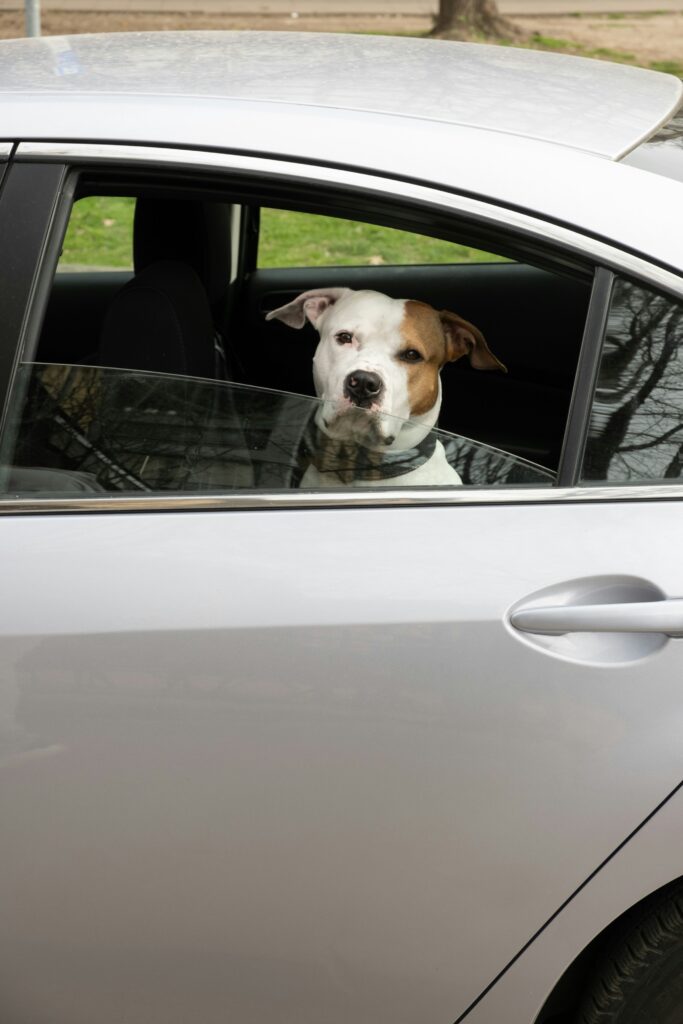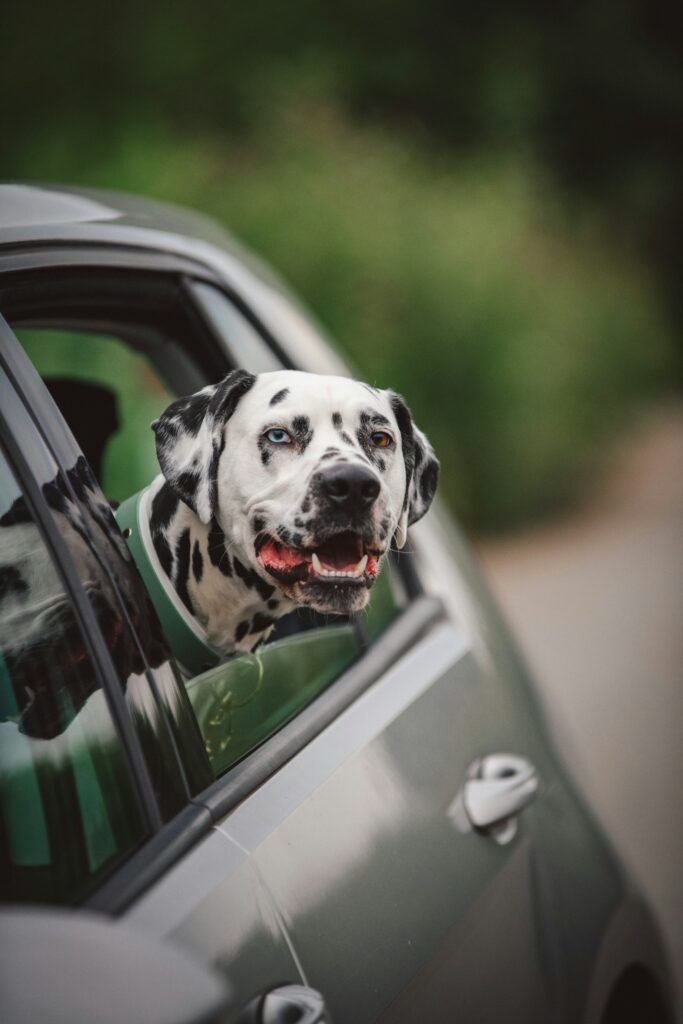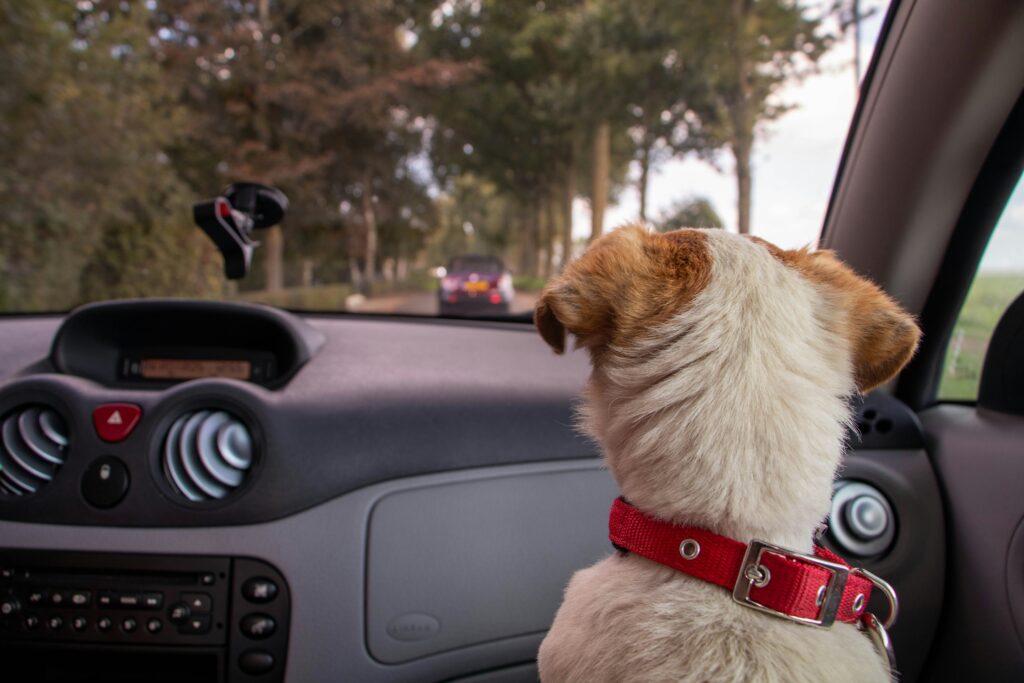Road Trip Ready: Prepping Your Dog for Long Car Rides
There’s nothing quite like hitting the open road with your best furry friend by your side. Whether you’re headed to a mountain cabin, the beach, or a family visit several states away, bringing your dog along for the ride can make the journey even more memorable. But for many pet parents, the idea of a long car trip with their dog can also bring a little anxiety—especially if your pup isn’t used to being in the car for extended periods.
The good news? With the right preparation and a little patience, you can help your dog feel calm, safe, and comfortable on even the longest adventures. In this guide, we’ll walk you through everything you need to know to make road trips enjoyable for you and your pup.
Start with Short Trips
Before jumping into a cross-country drive, help your dog get used to the car with short, local trips.
-
Start with 5–10-minute drives around the neighborhood.
-
Visit a dog-friendly park or go for a short hike at your destination.
-
End every trip with something positive: treats, praise, or playtime.
Gradually increase the time spent in the car. If your dog seems anxious, slow down and return to shorter, stress-free trips.
Create a Comfortable Travel Space
One of the most important factors in your dog’s car experience is comfort and safety. Dogs need a designated space in the car where they can relax and feel secure.
Best options include:
-
Crate: Ideal for dogs who are already crate-trained. Choose one that’s crash-tested and secured.
-
Harness + Seatbelt: A crash-tested car harness connected to a seatbelt keeps your pup safely in place.
-
Booster Seat (for small dogs): Elevates smaller dogs so they can see out the window, which can reduce motion sickness and anxiety.
Add familiar items like a blanket that smells like home, a favorite toy, or even a t-shirt with your scent to increase comfort.
Practice Pre-Trip Conditioning
If your dog has any hesitancy about the car, use counter-conditioning in the weeks before your trip:
-
Let your dog sit in the car while it’s turned off.
-
Offer high-value treats while they sit or lie down calmly.
-
Pair short drives with fun outings or walks.
-
Gradually increase drive time as your dog becomes more relaxed.
The more positive associations your dog has with the car, the better they’ll handle longer drives.
Don’t Feed Right Before the Trip
Feeding your dog a full meal right before hitting the road can increase the risk of nausea or vomiting, especially if they’re prone to motion sickness.
-
Feed your dog 3–4 hours before departure.
-
Offer water but limit food intake until your first major rest stop.
-
Bring a travel-friendly bowl and fresh water for breaks.
If your dog does get car sick, consult your vet—there are natural and medical remedies that can help.
Pack a Dog Travel Kit
Just like you pack your essentials for the road, your dog needs a kit too. Here’s what to bring:
-
Leash and harness
-
Travel bowls (collapsible or spill-proof)
-
Poop bags
-
Plenty of water
-
Food and treats
-
Towels and wet wipes for accidents or muddy paws
-
Favorite toy or chew for comfort and entertainment
-
Vaccination records (especially if traveling out of state)
-
Dog-safe first aid kit
Tip: Pack everything in a designated dog backpack or tote to keep things organized and easy to access.
Plan Frequent Pit Stops
Even the most chill dog can get stiff or antsy during long car rides. Plan to stop every 2–3 hours for bathroom breaks, stretching, and sniffing.
-
Use rest areas with grassy patches.
-
Let your dog walk on a leash for at least 10 minutes.
-
Offer water and praise during breaks.
These stops aren’t just for potty time—they’re a chance to release energy and break up the monotony of sitting.
Keep the Car Environment Calm
A peaceful vibe in the car helps your dog feel relaxed.
-
Play soft music or classical tunes.
-
Avoid yelling or loud, sudden noises.
-
Keep windows cracked for airflow (never let your dog stick their head out on the highway—it’s dangerous!)
-
Use window shades to block sun and reduce heat buildup.
The more consistent and low-stimulation the environment, the less likely your dog is to become anxious.
Use Calming Aids if Needed
If your dog gets anxious even after training and preparation, you can try:
-
Calming chews with ingredients like L-theanine or chamomile
-
CBD oil (vet-approved and dosed properly)
-
Adaptil spray (a synthetic calming pheromone)
-
Compression shirts like the ThunderShirt
-
Vet-prescribed anti-anxiety meds for extreme cases
Always test any calming aid before your trip so you know how your dog responds.
Keep Your Dog Cool and Safe
Never leave your dog alone in the car, especially in warm weather. Even with cracked windows, the temperature can rise dangerously in minutes.
If you need to run into a gas station or store:
-
Have another adult stay in the car with your dog.
-
Use a remote-start system with climate control if your car has one.
-
Consider pet travel apps that show dog-friendly rest stops and businesses.
Monitor for Signs of Discomfort
Pay attention to your dog’s body language throughout the ride:
-
Panting, whining, or yawning could mean stress.
-
Excessive drooling might be a sign of nausea.
-
Restlessness could indicate a need to stop.
If your dog is showing signs of distress, take a break, offer water, and let them walk around. Sometimes a short breather makes all the difference.
Practice Hotel Etiquette (If You’re Staying Overnight)
If your road trip includes hotel stops, make sure you:
-
Call ahead to confirm pet policies.
-
Bring a crate or playpen for overnight security.
-
Don’t leave your dog alone in the room unless they’re 100% comfortable being alone in a new place.
-
Bring a blanket or bed that smells like home to help them settle.
Some hotels even offer special dog amenities like treats, beds, and on-site walking areas!
Have a Backup Plan
Even with all the planning, things don’t always go perfectly. Be ready with:
-
A list of emergency vet clinics along your route
-
Updated ID tags and a microchip with current contact info
-
A backup leash, collar, and set of food
-
A portable crate in case your dog needs to be separated or contained unexpectedly
Planning ahead gives you peace of mind—and keeps your dog safer.
Conclusion: A Well-Trained Travel Buddy Is Worth the Work
Long car trips with dogs are one of life’s great joys—but only when both human and pup are comfortable, calm, and ready for the journey. With a little training, thoughtful prep, and a lot of love, your dog can be the perfect road trip companion.
And who knows? With enough positive road trip experiences, your dog might just start wagging their tail the second you reach for the keys.




